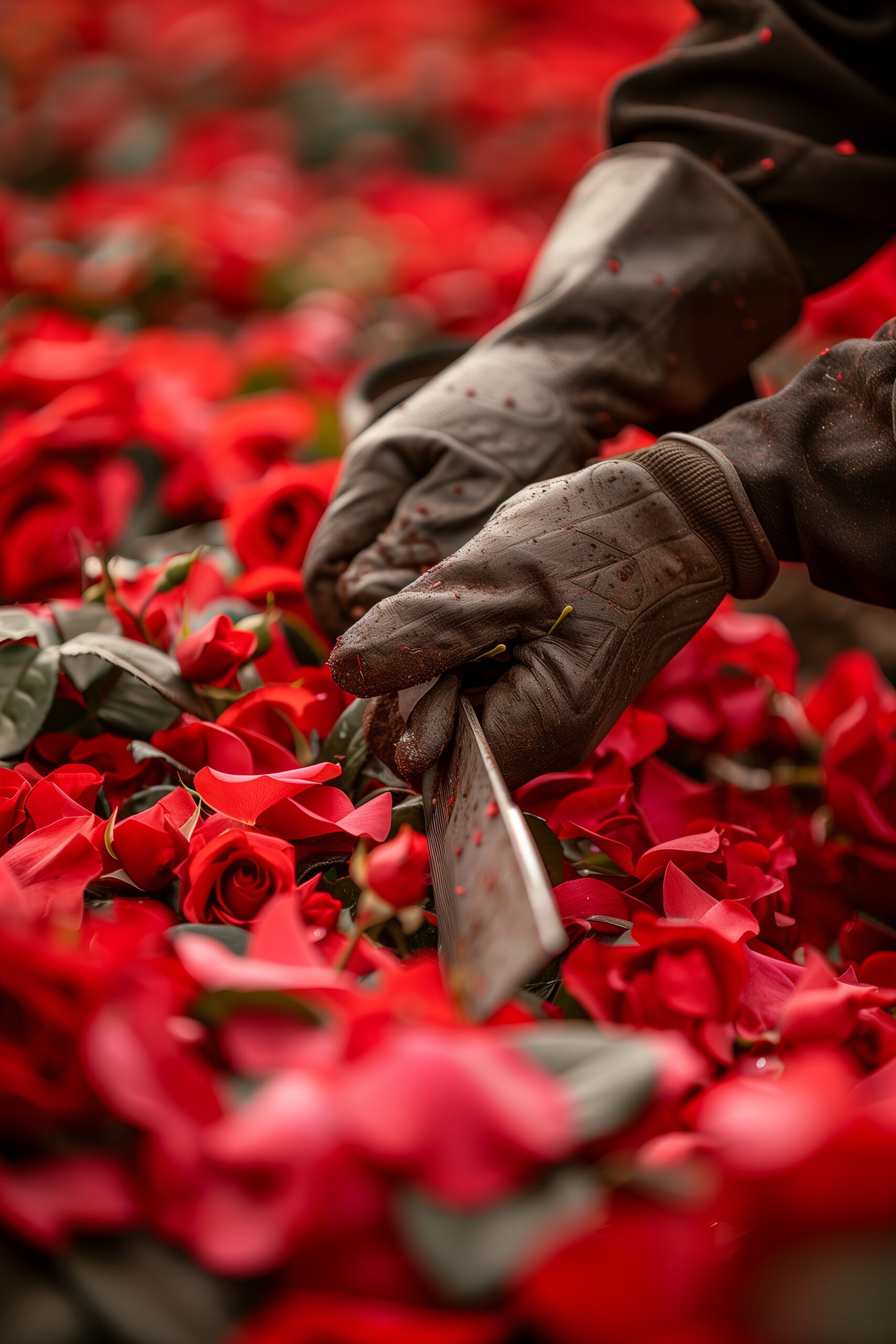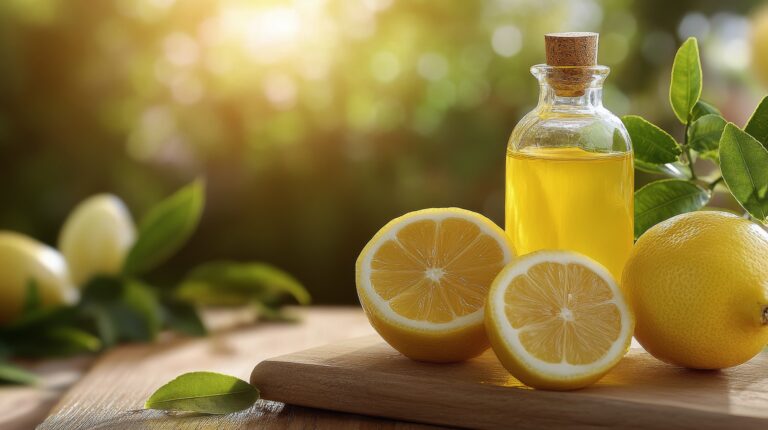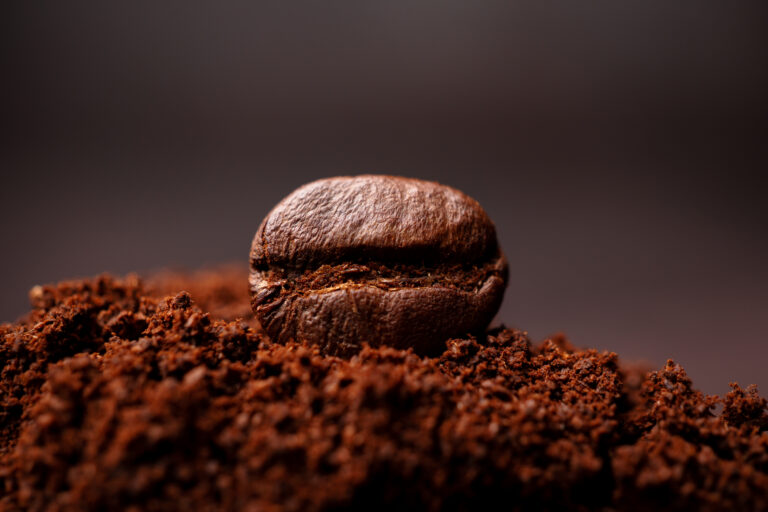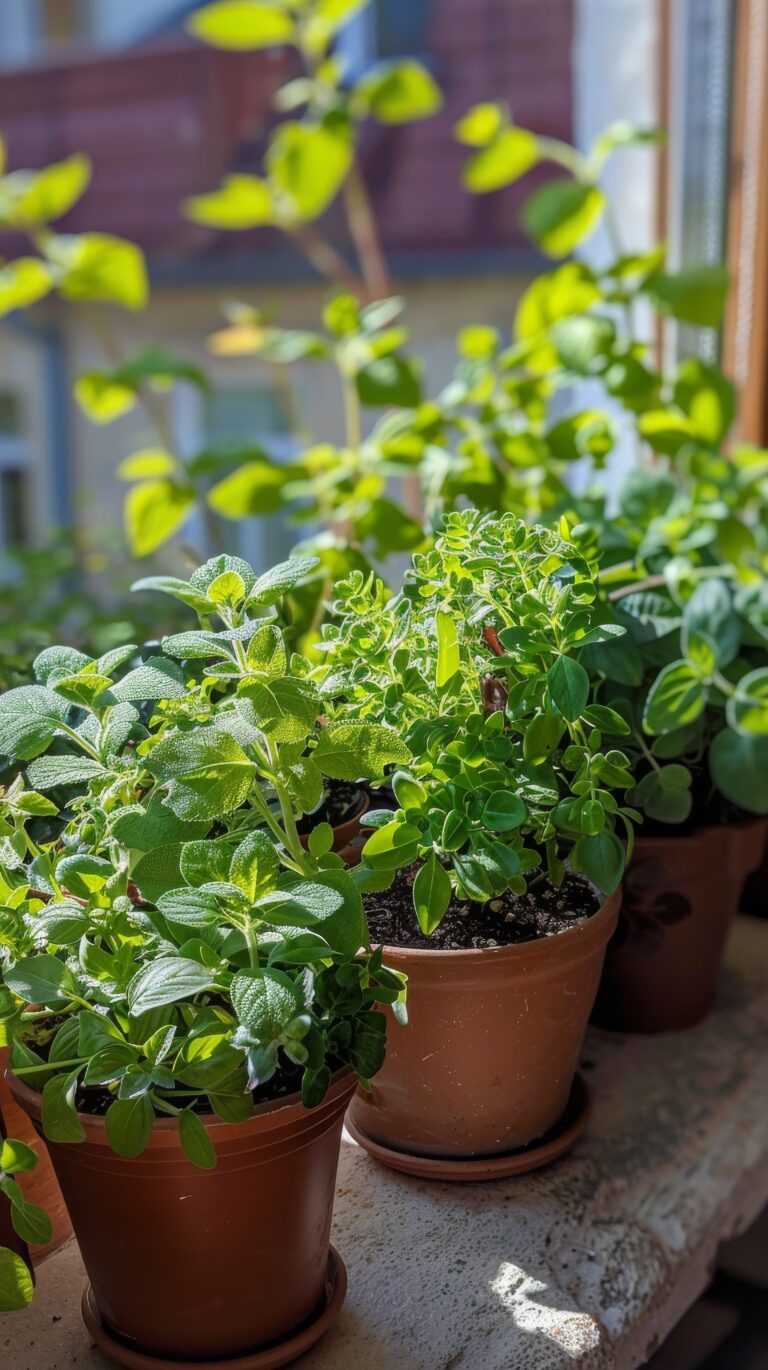Deadheading Basics
Deadheading Basics: Which Flowers to Prune (And Which to Leave Alone)
I still remember the first time I heard the term deadheading. I was 14, watching my mom gently remove the wilted blooms from her flower beds. The name made me panic a little—was she killing her plants? Of course, she wasn’t. What she was doing was a gardener’s secret to longer-lasting blooms and healthier growth.
Now, years later, deadheading has become one of my favorite late-spring rituals. If you’re new to the idea or wondering which flowers benefit most (and which ones don’t need it at all), this guide is for you.
—
🌸 What Is Deadheading, and Why Should You Do It?
At its core, deadheading means removing faded or spent flowers from your plants. Why? Because once flowers fade, plants tend to shift energy toward producing seeds—not more flowers.
By removing those spent blooms:
You encourage fresh flower production
You help the plant look tidier
You extend the blooming season
✂️ Tools You’ll Need (or Not!)
You don’t need fancy tools to start:
Just your thumb and finger for soft blooms
Or small garden snips or sharp scissors for thicker stems
—
🌼 7 Flowers That Thrive With Deadheading
These classic garden favorites benefit the most from regular deadheading—and will reward you with bigger, brighter displays.
1. Petunias
Prone to leggy growth by midsummer, petunias thrive with frequent deadheading. Removing the old blooms encourages fuller, bushier plants and more vibrant color.
2. Zinnias
Deadheading zinnias promotes continuous blooming and a more compact shape. With just a quick pinch, you’ll keep color coming right through fall.
3. Geraniums (Pelargoniums)
Geraniums bloom better and stay tidier when you remove their spent flower heads. It also helps reduce seed formation, keeping the plant focused on blooming.
4. Marigolds
Deadhead marigolds regularly to prevent mildew and keep the flowers coming. This simple habit keeps them cheerful and healthy all season.
5. Cosmos
Cosmos are delicate and easy to deadhead by hand. Removing old blooms prompts fresh flushes of flowers, especially during midsummer.
6. Coneflowers (Echinacea)
Deadheading early in the season can encourage more blooms, but feel free to leave the last wave of flowers for the birds—they love the seed heads.
7. Blanket Flower (Gaillardia)
Deadheading keeps these bright, daisy-like flowers in top shape. Frequent removal of spent blooms encourages repeat flowering and prevents disease.
—
🌿 5 Flowers That Don’t Need Deadheading
Not every plant wants or needs deadheading. Some varieties are self-cleaning, meaning they naturally shed their spent blooms without help.
1. Impatiens
These garden favorites drop their old flowers on their own. No pruning necessary—just sit back and enjoy the color.
2. Begonias
Most tuberous and wax begonias are self-sufficient and rarely need deadheading. Unless blooms are damaged, they’ll take care of themselves.
3. Vinca (Periwinkle)
These low-maintenance perennials bloom continuously without needing pruning. In fact, deadheading can sometimes stress the plant unnecessarily.
4. Lobelia
Lobelias self-clean well but can get leggy. Instead of deadheading, give them a light trim to keep them compact and healthy.
5. Sweet Alyssum
Despite their dainty look, alyssums are tough. Rather than deadheading, give them a gentle shearing mid-season to promote fresh growth and continued blooms.
—
✅ Best Deadheading Tips Every Gardener Should Know
Timing is key. Deadhead when the flower begins to fade—not after the seed head forms.
Be gentle. Make clean cuts or pinches to avoid damaging stems.
Practice makes perfect. Your first attempts might be clumsy—but consistency pays off.
Dispose of dead blooms. Don’t let them sit around—they can attract pests or disease.
Pair with good care. Even the best deadheading won’t help if your plants are underwatered or lacking nutrients.







